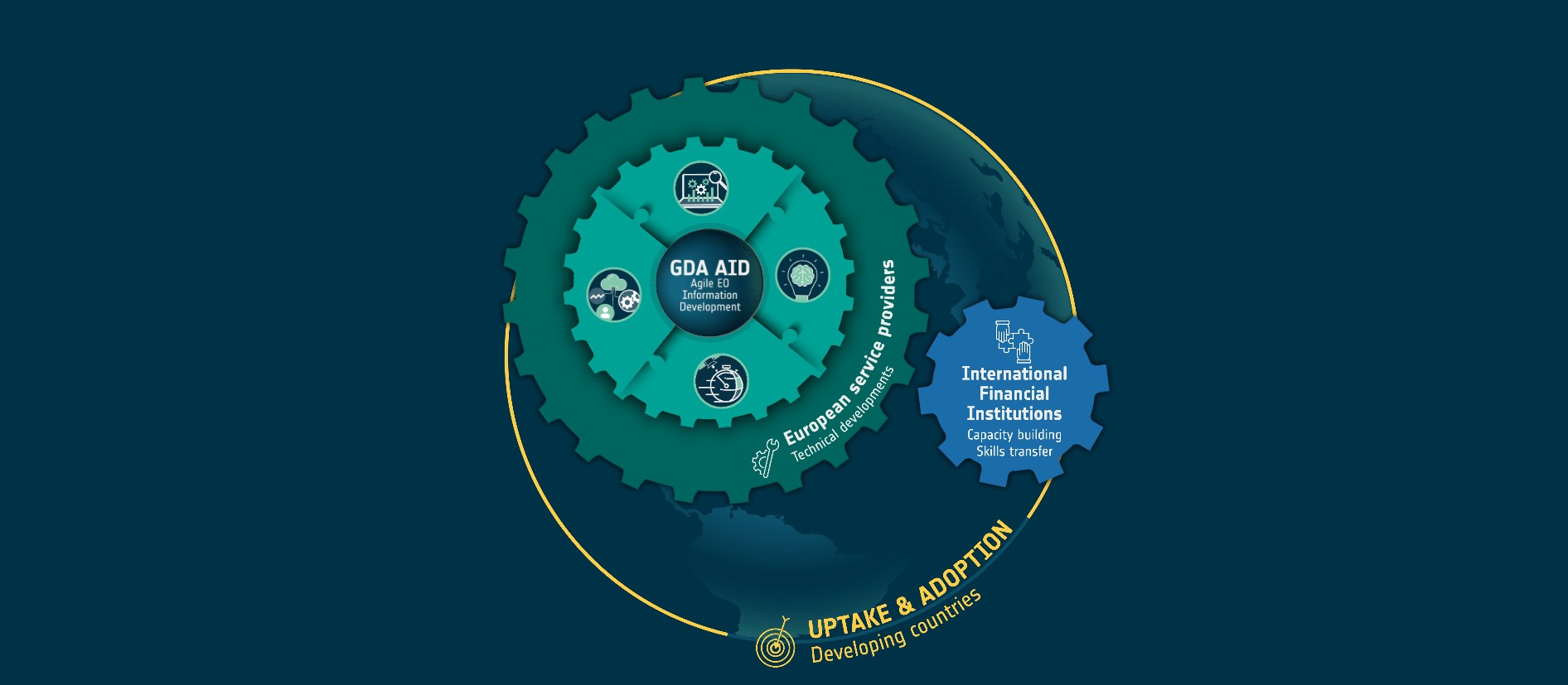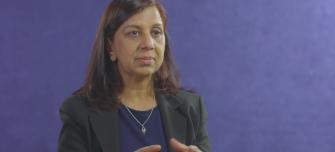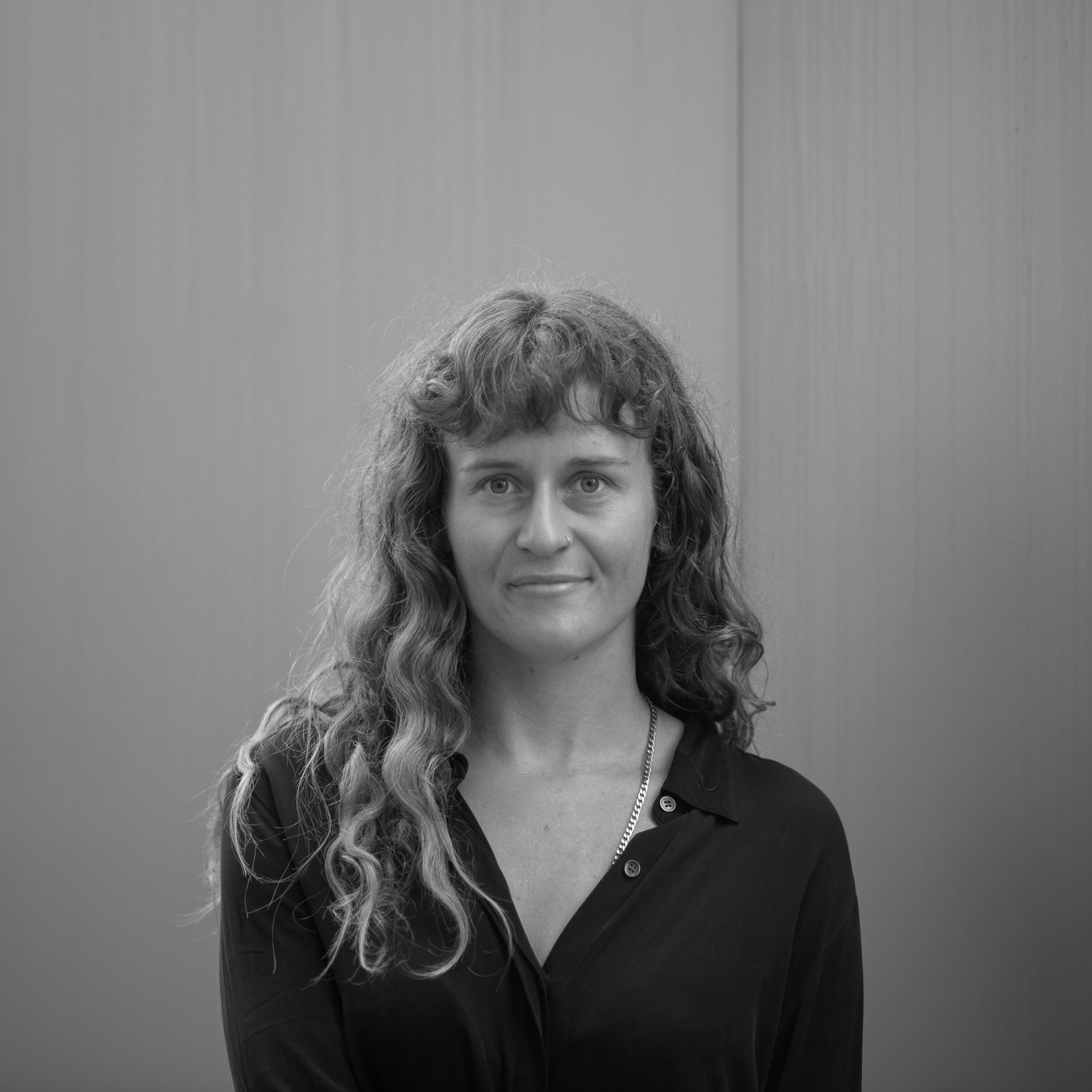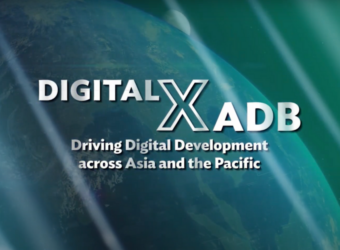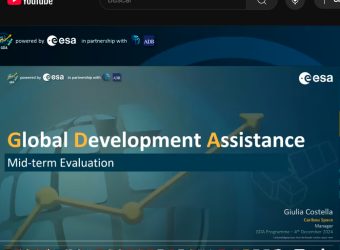This blog is part of a four-part series designed to summarise the breakout group discussions from the Industry Engagement Co-Location Day for ESA’s Global Development Assistance (GDA) programme. The series explores key themes identified in the ESA GDA mid-term evaluation, published in September 2024, providing insights into the current status and future direction of the programme. Each blog focuses on one of four discussion topics identified by the ESA GDA Monitoring & Evaluation (M&E)consortium lead, Caribou Space, as areas for further exploration.
If you haven’t already, we encourage you to read the earlier posts in the series to gain a fuller picture of the discussions and their interconnected themes. Find the links below.

Insights from ESA GDA Industry Day – Blog #1
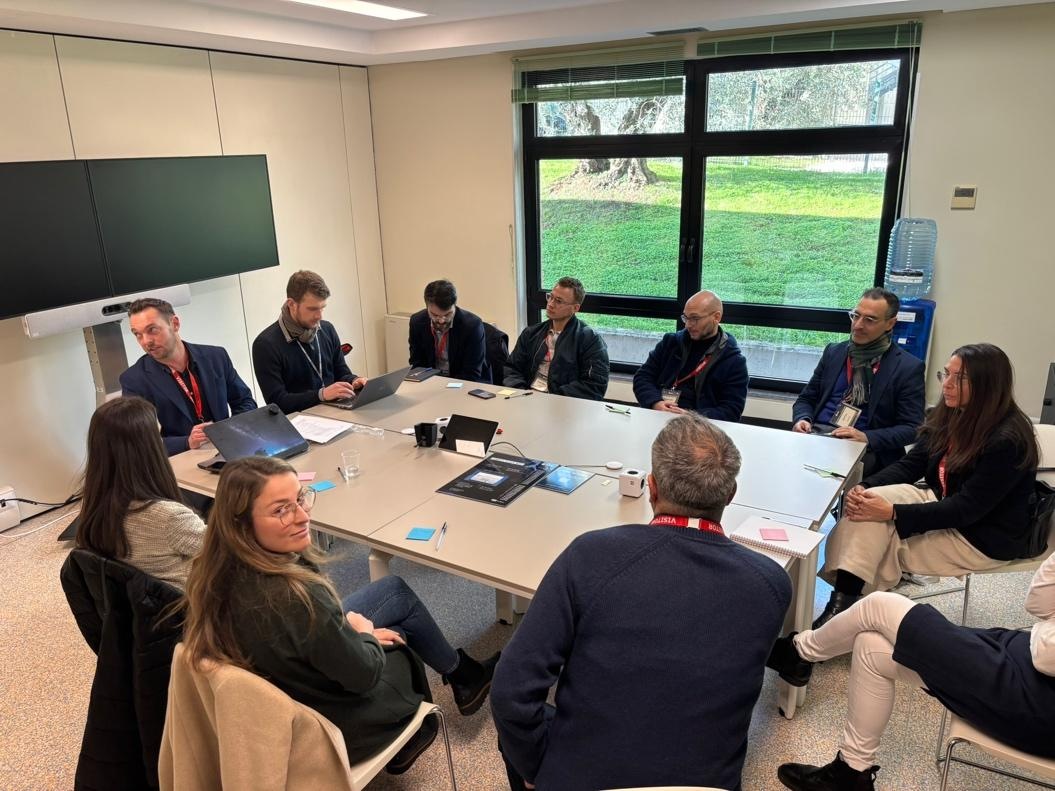
Insights from ESA GDA Industry Day – Blog #2

Insights from ESA GDA Industry Day – Blog #4
During the Industry Engagement Co-Location Day, participants engaged in a two-hour breakout session designed to bring stakeholders together to share experiences, exchange ideas, and address challenges in GDA implementation. This blog focuses on insights from one of the four breakout discussions: What does a thriving Earth Observation (EO) Sector look like?
Session Objectives: Defining and Achieving Success in the EO Sector
Within the GDA community, there is a general consensus that the use of EO data can enable governments and industries to make better-informed decisions, which can in turn support sustainable development objectives, and strengthen resilience to environmental and socio-economic challenges. The promise of these broader social, economic and environmental impacts offers sufficient rationale for various stakeholders to strive towards fostering a thriving EO sector.
The session aimed to:
- Identify what success looks like for the EO sector from the perspective of different stakeholder groups.
- Brainstorm innovative ideas to achieve this vision of success.
- Explore the role of ESA GDA in facilitating sector growth and overcoming barriers to this vision.
The session started by exploring the factors that characterise a so-called ‘thriving’ EO sector, taking a systems-thinking approach. We started by identifying specific traits that might indicate that the sector is in a ‘good state of health’. Using a systems-thinking approach, the session sought to understand diverse perspectives, highlighting tensions and opportunities between different stakeholders. The following table outlines the main ideas of what success looks like for the EO sector for each stakeholder group, as well as actionable ideas to achieve a thriving EO sector:
| Stakeholder | Markers of success | Ideas for advancing the sector |
|---|---|---|
| Client states | – Development of EO-enabled solutions that are cost-saving, fit-for-purpose, and that generate actionable insights and to inform decisions. – Home grown innovation ecosystems that create jobs and deliver innovative solutions to localised problems. | – Co-creation of solutions to tailor to local needs. – Local incubation programmes to foster startups and build/develop capacity. – Targeted capacity-building/development and skills transfer initiatives that embed local capabilities. |
| International Financial Institutions (IFIs) | – Affordable, fit-for-purpose products with demonstrable benefits for development operations and client countries. | – Training programmes to bridge communication gaps between EO service providers and stakeholder counterparts. |
| European Space Agency (ESA) | – Diversification of service providers and creation of jobs through a strong, and growing industry sector – Global competitiveness of European service providers – Awareness and uptake of EO solutions by stakeholders across the globe, incl. integration in non-EO financing schemes | – Ongoing advocacy and promotion work to raise awareness and share success stories of the value of EO. – Facilitate mobilisation and alignment of ‘external’ non-EO financial resources, co-implementation in partnership frameworks |
| Industry Players | – Large market demand leading to concrete business opportunities and revenue growth – Skills transfer and building local capacity were seen as critical to creating a stable business environment. | – Initiatives akin to EU trade missions could expose EO expertise to new markets. – Emphasising long-term maintenance and operational support was seen as essential to ensuring sustainability. |
While each stakeholder group has distinct priorities and perspectives on what defines success in the EO sector, there are clear areas of alignment. Across the discussions, the importance of capacity-building/development, collaboration, and demonstrating impact emerged as shared priorities. These commonalities suggest that a coordinated, multi-stakeholder approach will be essential in ensuring the sector’s growth and effectiveness.
This open exploration provided a foundation for creative problem-solving and actionable ideas. Participants reflected on how different dynamics interplay to shape the growth and sustainability of the EO sector, while also discussing the role of collaboration and co-creation in addressing these complexities.

Conclusion
The breakout session provided valuable insights into the diverse needs and aspirations of the EO sector’s key stakeholders. By fostering innovation, the EO sector can unlock its full potential to contribute to growth of local digital economies and global development. Moving forward, the ESA GDA programme has a critical role to play in driving progress by facilitating collaboration, acting as a catalyst for co-creation and skill-sharing initiatives, and ensuring alignment with stakeholder needs through continuous engagement and feedback. Exploring sustainable funding models and kickstarting activities to build local expertise will remain essential for long-term impact.
However, the growth of the EO sector is not driven by GDA alone. Other international and national initiatives, private sector investments, and policy developments are shaping the landscape in parallel, influencing the uptake and sustainability of EO solutions. While GDA plays a key role in the specific development finance stakeholder domain, ESA should continue to monitor these complementary efforts, ensuring that its activities remain aligned with the broader ecosystem of EO-related advancements. These discussions will inform ESA GDA’s ongoing efforts to support the EO sector, with a focus on actionable steps and impactful solutions.



